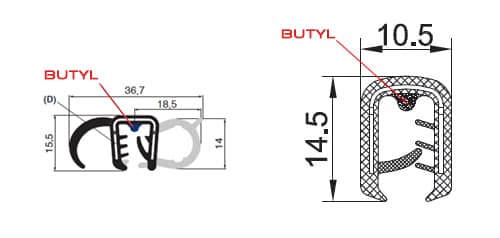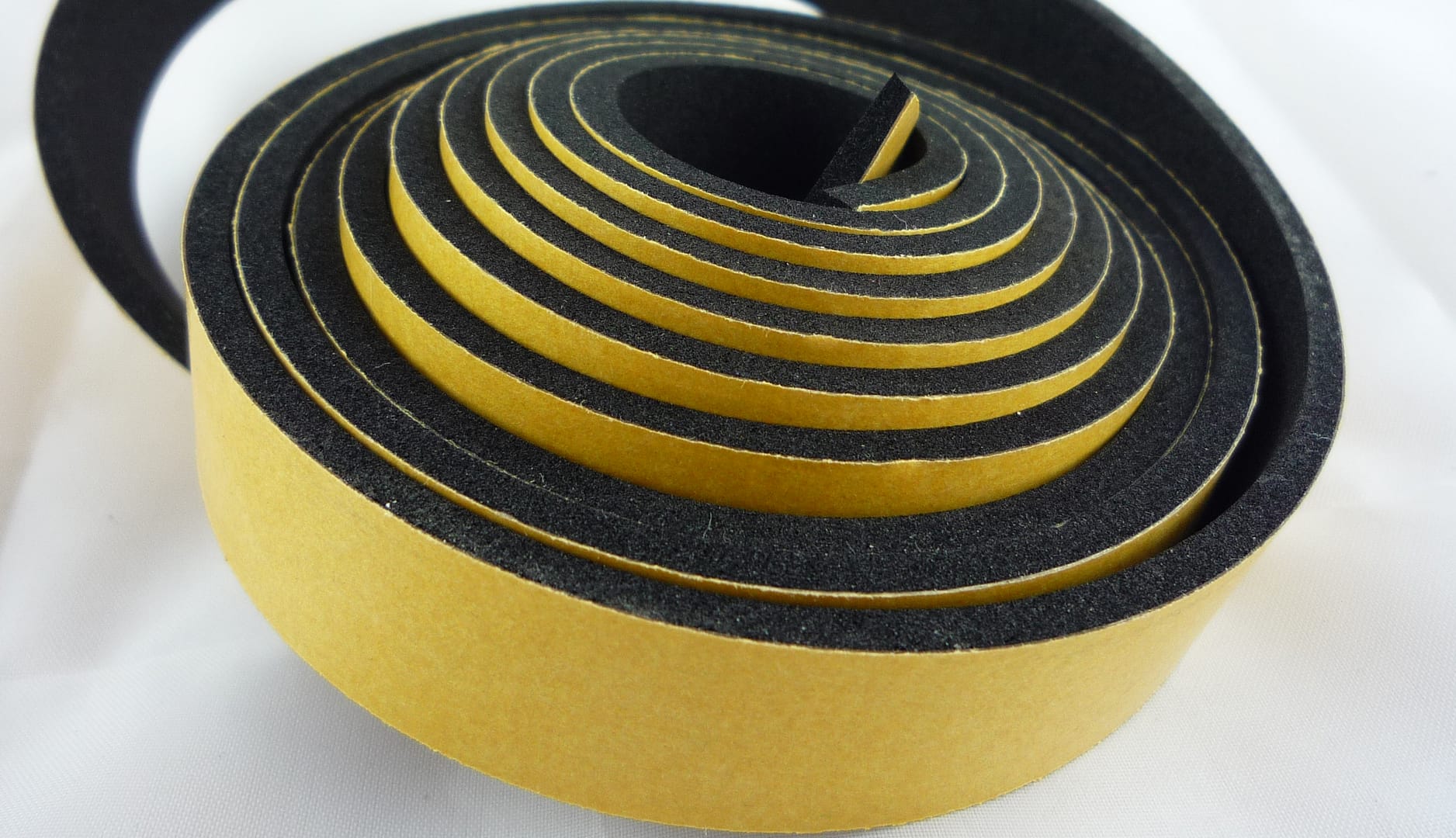Iran and France signed a memorandum of understanding on Tuesday to produce automotive rubber parts in Iran in an agreement that is set to turn domestic producers into parts suppliers for French carmakers.
The agreement was signed by Mehdi Nekoumanesh, head of Iran Polymer and Petrochemical Institute (IPPI), and the president of Union des Syndicats des PME du Caoutchouc et de la Plasturgie (UCAPLAST), Denis Vaillant, Shana News reported.
UCAPLAST is an independent employers’ organization which represents all small and medium-size French enterprises in the rubber and plastics industry.
The MoU calls for sharing expertise of UCAPLAST member companies with Iranian manufacturers.
Affiliated to the Ministry of Science, IPPI oversees activities of 20 knowledge-based companies which produce rubber parts for automobiles.
The businesses are expected to sign an auto parts and supplies contract with the French automaker Citroen. The French company already has a joint production deal with Iran’s second-largest automaker SAIPA.
According to the deal, Citroen is required to export 30% of vehicles or auto parts manufactured under the JV through its international sales network.
The IPPI-UCAPLAST arrangement will enable local auto parts suppliers to make products that meet Citroen standards.
The MoU was signed on the sidelines of 11th International Exhibition of Plastics, Rubber, Machinery, and Equipment (Iran Plast 2017) held Sept. 24-27 in Tehran.
Easy Exports
For selling vehicles and components in the EU and countries under the United Nations Economic Commission for Europe Regulation 10, companies must have the E-mark certificates for their products.
However, according to the Head of the Bureau Veritas automotive department in Iran, Mehdi Parvini plastic automotive parts used in vehicles’ interior are exempted and do not need the certificates.
Obtaining E-mark certificates is an arduous and time-consuming exercise and seen as a hurdle to automotive exports from Iran. Therefore, it would be easier for Citroen and other French auto companies operating in Iran — namely Renault and Peugeot — to export plastic automotive parts produced in Iran through their international networks instead of exporting vehicles or engine parts.
Outdated technology used by Iran’s supply chain are seen as a hurdle in the way of expanding the local automotive industries and implementing local carmakers joint venture contracts with foreign firms.
Law stipulates that in all new agreements signed with foreign companies at least 40% of the vehicle parts should be manufactured in Iran. However, foreign carmakers are reluctant to comply for more reasons than one.
The IPPI-UCAPLAST deal should contribute to the implementation of the new JVs with foreign firms because plastic parts have an obvious share in the production of vehicles.



